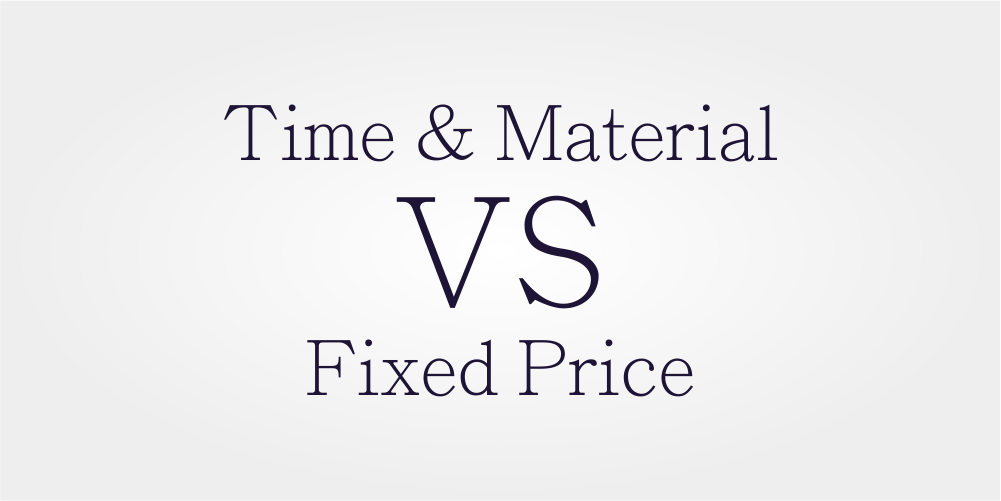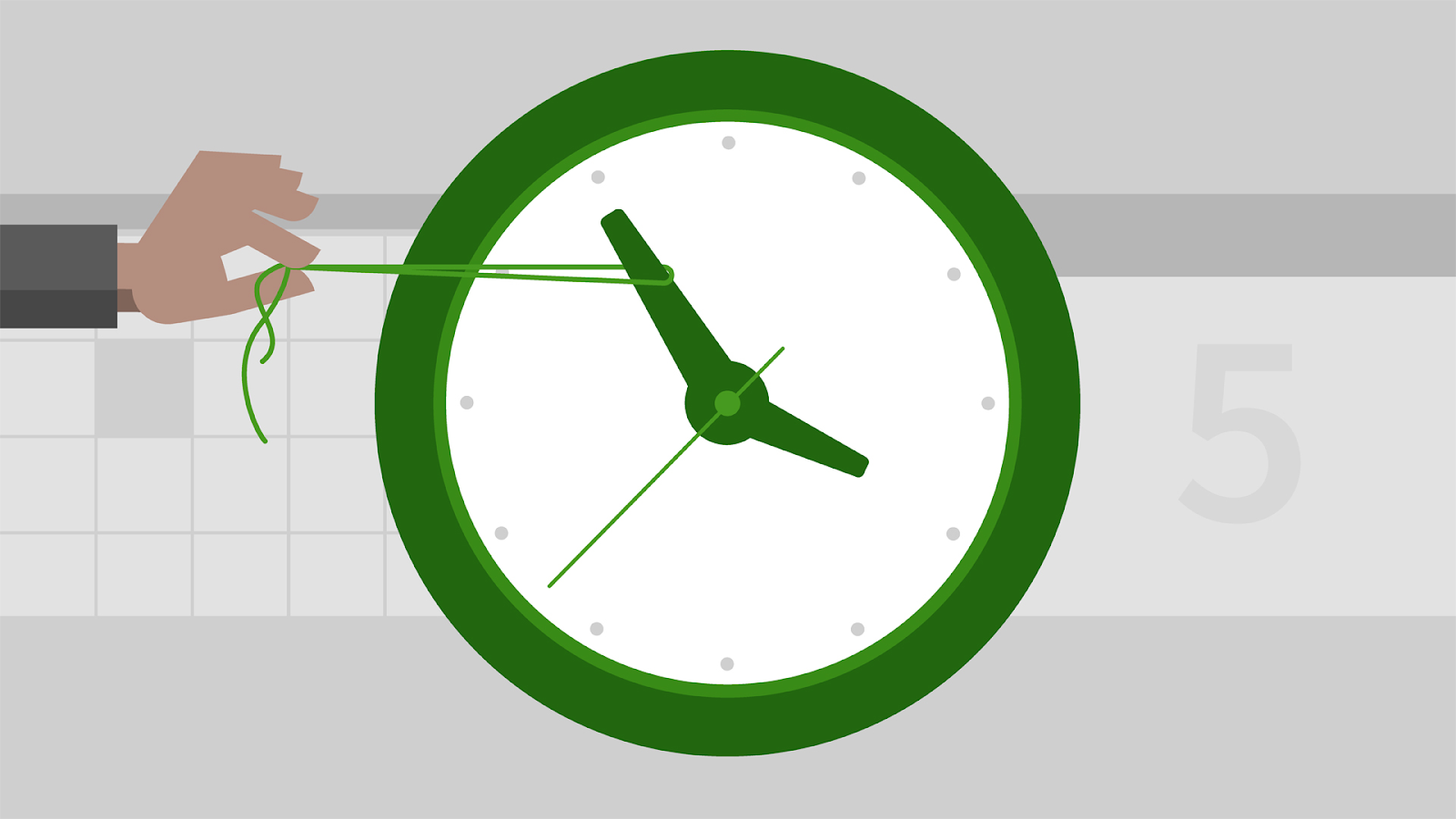How fixed price destroys soft projects, or why we converted to T&M

In the battle “Fixed price VS Time & Materials”, the latter one seems to be winning during the last years. More and more developers and clients convert to this business model as it has proven its undeniable benefits.
At Celadon, we recently gave up on the fixed price model at all, switching to 100% T&M. Below we will explain our decision and will give some real-life examples from our work in favor of T&M.

How it used to be before
Fixed price is still popular in the Middle East market - here is why.
First, as the name implies, the model means that you work with a fixed budget. It seems easier for the client - and gives an illusion of control over the budget.
Since the budget is discussed beforehand, it means that all deadlines are also clearly set (together with project goals). This, in turn, should have led to high project predictability.
However, if the software project steps out from the standard even for a tiny bit (and in the software industry, being an innovative one, there is almost always something out of standard), the big fat cons are coming out.
One of the biggest flaws is its lack of flexibility. Say, you have to implement some changes really fast and this is critical. Fixed price will not allow it. The project includes only that scope of work that you discussed.
Oh, and did we mention the high costs due to the possible “risks”?
Therefore, in light of these disadvantages, Time & Material model steadily and confidently has built its way up to the hearts of developers and clients. What is so good about it?
The power of T&M model
If we are speaking about more or less complex and long-term project, Time & Material approach is what will work better.
Think about the possible scope of work. It is impossible to forecast all the features and all the challenges if we speak about a long-lasting project.
Then (and it is true for short-term projects as well), you may want to apply certain changes to the project. Maybe you will get an amazing idea or you will understand that something has to be replaced, but in any case, fixed price model will not allow that.
T&M model allows 100% flexibility and enables developers to apply changes during the development process. Such an approach saves not only time but money too. Why is that?

Imagine that you have a project that is ready for release and then you understand that it could use a bit of improvement. If you work by fixed price, you will have once again to re-do the documents and negotiate on pricing. In addition, the prices in such conditions are normally higher than the ones in the T&M model.
Another bonus of T&M model is full control over the project for the client. If the development company works by such a model, it normally informs the client about work progress with regular updates and meetings, not mentioning the transparency of all communication.

Now let’s have a look at the typical situation that we faced so often in our practice when we tried to work by fixed price model.
Expectations VS Reality

The scenario below happened quite often when we were working by a fixed price model.
The client used to describe the project the way he saw it, without too many details. We estimated the project according to the description and listed down the tasks according to our estimation.
We then formulated the price and here was the problem. Upon signing the documents, the client focused on price – not on the work scope that was included in it.
Now, if we speak about software projects, they are normally very complex, with a great variety of tasks involved. So the project estimation has to be done very thoroughly. The trick is that the client also has to invest a lot of their time in the estimation process but it does not happen very often.
During the stage when we get down to work, it turns out that many changes or improvements have to be done.
The client considered them as something obvious while these things were not stated in our agreement. This leads to us doing re-calculations and negotiating the scope of work once again, losing time, deadlines and focus.
For the client, this leads to more money spent, and the overall situation causes a lot of tension as the client has a feeling of somehow losing.
With Time & Material approach, this does not happen. Of course, we negotiate on a certain budget and we aim to fit in it and provide weekly reports to the customer.
The client, in his turn, sees the result and always knows where the money goes.
Most importantly, both the client and the development team share one goal – to create a product with maximum quality that the budget allows. And it’s up to the client to decrease or increase the budget as the work goes on.
What, if the client doesn’t have enough budget?
Of course, such a scenario is possible. With T&M, we have the most acceptable solution.
If your budget is limited, we will estimate your desired functional, determine the most important features and will develop them within the budget.

As an outcome, you will receive a working MVP product that you will be able to improve in the future. Moreover, we often manage to do even more than we estimated. Anyway, the client receives a functioning product.
In case of fixed price, the client with low budget often gets in trouble. He will receive offers from numerous companies and most probably will choose the one that suits him in terms of price – but he will not consider the functional that the price includes.
Eventually, the client will either have to pay for additional features or will receive a bad-quality product – we’ve seen quite a lot of such cases and the outcome was disappointing.
However, there is one important thing to keep in mind when we speak about Time & Material. Such an approach demands a certain level of trust between the client and the company. We noticed that in the Middle East region, and UAE this is quite an issue due to the amount of non-reliable software contractors. And that’s sad.
But why would you decide to work with a company if you don’t trust it at all?
A quick checklist to remember
To sum up everything said above, if you are a potential startupper or thinking on developing some custom software here are some recommendations to help you in your future work:
- Do not hide your budget from the development company (even though in UAE it’s not common to reveal it). An experienced developer will learn a lot from the budget and will be able to offer you the most suitable option that would benefit the project;
- Assess the communication between you and the development company. You should feel comfortable communicating with these people;
- Do not worry if the project manager disagrees with you. Honesty and the ability to speak your mind out are important for technical projects and can actually benefit it;
- Keep in mind that there is a dependency between functional – an amount of work – budget. If you decide to see the rates by a few companies, you will see that they differ greatly so always check why is that and what’s included;
- Always keep in mind what is most important for your project (i.e. the functional) and stick to it. Try to think about features crucial for the project and its work. After it’s ready, you will have plenty of time to add other features.